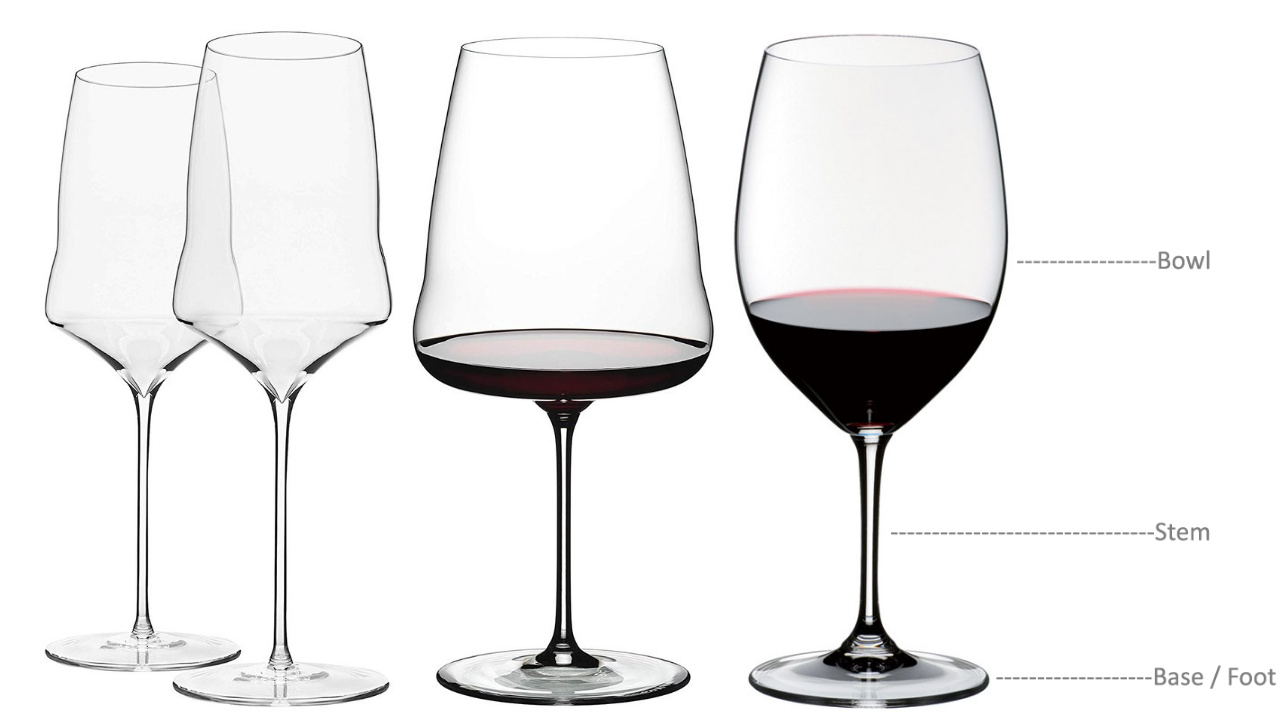Non-alcoholic wine guide | how non alcoholic wine is made
Non-alcoholic wine can be difficult to understand. Resulting to a lot of confusion over what exactly it is. Is alcohol free wine just grape juice? Why can non alcoholic wine be so expensive? And where do I buy the best non-alcoholic wine at a good price? These are all questions I aim to answer in this ultimate guide to de alcoholised wine and which to buy.
What is non-alcoholic wine
More and more people are choosing an alcohol free life, and more of us who don’t think the sober lifestyle is for us are still deciding to have more sober days. Months such like “sober October” and “dry January” are really starting to pick up speed year after year.
And this wellness trend isn’t going anywhere. Multiple studies show that cutting down on alcohol is still on the rise and will in fact continue to grow. Mindful drinking has gone way beyond just another trend and is fastly becoming a full fledged part of our drinking culture.
The rise of non-alcoholic substitutes
With that, comes producers turning our much beloved beverages into alcohol free alternatives. Brands like Seedlip, Pentire and lyres have created quality alternatives for the UKs favourite spirit gin. But it doesn’t stop there. Stryyk produces an alcohol free rum that's worth a try and mockingbird even produces a high quality substitute for tequila.
But what about wine? Sure, at this point most of us have heard of alcohol free wine but very few of us understand what it actually is.
Is it really something of quality or is it just re-named glorified grape juice? I mean that's what wine is right? Alcoholic grape juice. So without the alcohol, surely that's just grape juice? I can buy grape juice at £2 a litre. Why is non-alcoholic wine so expensive. It doesn’t make sense.
Well I’ve done the research and I’m here to steer you in the right direction with alcohol free wine. So let’s jump right in.
How is Non-Alcoholic Wine Made
Process of winemaking
To understand how non-alcoholic wine differs from grape juice we first need to understand regular wine. So here's a quick breakdown.
In order to make wine, quality grapes (Such as; Pinot Noir, Sauvignon blanc, Merlot etc.) are grown in optimal conditions and picked at optimal times. Allowing the grapes to form way more complexities then your regular supermarket grape medley selection could produce.
These grapes are then crushed. Yeast is then introduced to the mix. The yeast eats all those sugars in the grapes eliminating the sweetness whilst creating both alcohol and co2.
Capture that co2 in the liquid by fermenting in bottles and you have sparkling wine like Champagne or Crement. Use open fermentation and that co2 goes into the atmosphere, escaping from the wine and creating still wine.
What is non-alcoholic wine and is it just grape juice…
This process of fermentation adds a dryness, new flavours, deeper existing flavours and in red wine, tannins. Which is why wine differs so much from grape juice.
The problem with non-alcoholic wine is that these characteristics only develop after a certain length of fermentation. Which can’t happen without creating alcohol. Meaning true non-alcoholic wine (not glorified grape juice) has to go through a further process of de-alcoholing the wine if that's even a word
That added process is one that has problems of its own and is by no means a simple process.
How to de alcoholise wine
There are two main methods in removing alcohol from wine. Reverse osmosis and vacuum distillation. Sounds complicated? That's because it is. Bare with me, let's look into these in a little more detail.
Reverse osmosis
Reverse osmosis is a process of filtering out aroma compounds in the wine. Afterwards, remaining water is added back into this “wine concentrate”
Spinning cone columns can be used for this process. These will create low-temperature evaporation and condensation using inverted cones and centrifugal forces. Basically, tearing apart a liquid by spinning it really really fast so similar molecules get grouped together and spat out into multiple liquids and concentrates.
Think of it like this, you start off with one bottle of fine tasting wine, you end up with 3 not so tasty liquids. Like a story from goldilocks, 1 is too heavy in flavour, 1 is pure alcohol and one is just pure dryness.
These liquids are then carefully and very smartly blended together (see what I did there? Smartly blended? Smartblend?) anyway… so these liquids have the alcohol part cleverly filtered out by spinning the liquid real fast, they are then carefully blended back together to create a liquid that if done right will have the flavour of wine, the dryness and even the tannins but no alcohol.
Occasional extra ingredients will be added to stimulate an alcoholic “bite”
Vacuum Distillation
Vacuum distillation sees alcohol and other volatiles removed at a relatively low temperature (25°C-30°C), with aromatics blended back in afterwards.
Basically, alcohol has different boiling points than other liquids, meaning it will also evaporate at different points. When an alcoholic liquid is heated correctly, you get alcohol evaporating first. Collect that alcohol through a still and you get concentrated alcohol. This is the process of distillation and is exactly how spirits like vodka, gin, whisky, rum, tequila and brandy are made.
However, this process can also work the opposite way. With the use of a vacuum chamber, you can evaporate the alcohol and be left with the non-alcoholic parts of the wine.
Unfortunately, this process doesn’t just evaporate the alcohol, in doing so it also evaporates all the pleasant aromas that make wine taste and smell like wine.
There is always the possibility of recreating and adding those aromas back. Which in itself is a complicated process.
Why Alcohol free wine isn’t grape juice and can sometimes be expensive
As you can see, both ways are very complicated and both ways also happen to be very expensive. However, that does explain how non-alcoholic wine is more than just glorified grape juice and it hopefully makes you understand why the price of non-alcoholic wine can sometimes fetch such a high price.
The problem with non-alcoholic wine
Although this process of creating alcohol free wine is complex. At the end of the day, it doesn’t matter about understanding the process side of things. All you really want, is something that looks like wine, smells like wine, has the mouthfeel of wine and tastes like wine. And the truth of the matter is that often, and due to the difficulties, the end product just doesn’t have that effect.
In its own right it's an interesting and tasty beverage. But as a non-alcoholic wine they often miss the mark. Both these dealcoholized processes have the cons in that they lose that aroma, mouthfeel, and alcoholic feel. Recreating these often doesn’t meet the standards of a nice bottle of alcoholic wine.
The good news
This isn’t all bad news, there are companies out there doing a bloody good job. Both companies that create very convincing non-alcoholic wine and producers making not-so convincing alcohol free wine but a non-alcoholic product that is amazing in its own right.
Find the best non-alcoholic wines.
If you really want to experience great tasting non-alcoholic wine, then use this newfound knowledge you have to find a wine that meets the mark for you. If you can't be bothered to do that then don’t worry because I’ve done it for you. Below are my top recommendations for non-alcoholic wine you really should try at a reasonable price. The lists are split into non-alcoholic wine that delivers to the UK and non-alcoholic wine that delivers to the USA.
More Wine Guides
Smartblend is a participant in the Amazon Services LLC Associates Program, an affiliate advertising program designed to provide a means for sites to earn advertising fees by advertising and linking to Amazon.co.uk. Smartblend does earn a small commission on goods purchased through the included links. Don't worry, it doesn't cost you any more, but we do appreciate your referral!















